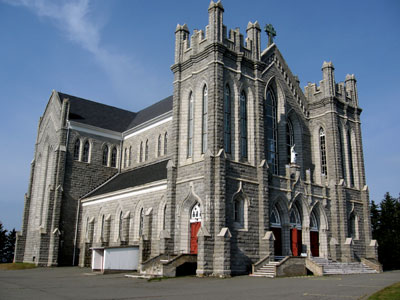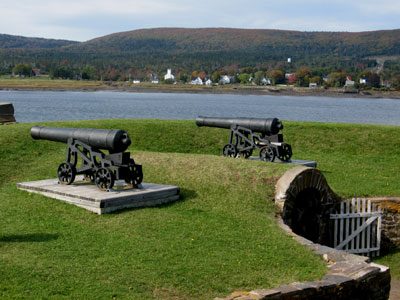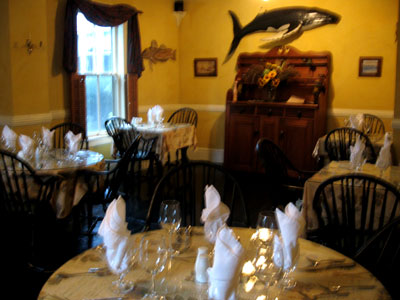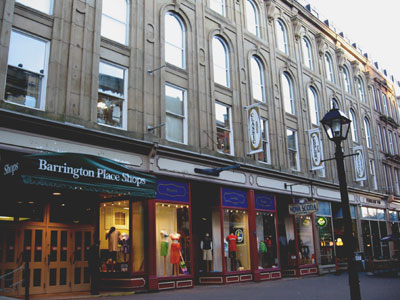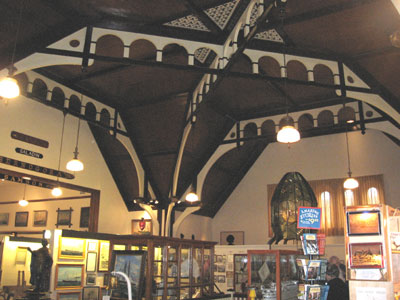The coastal road turned into a highway which I exited at St. Bernard where one of Nova Scotia’s biggest stone churches is located. I had entered the St. Marys Bay area which ended up being the final settlement area for many of the Acadians, French settlers who had been deported as part of the Great Expulsion in the mid 18th century. After having been deported all over North America, many Acadians returned to Nova Scotia over the following decades. Although they did not settle in their original agricultural farming areas, as they had been assigned to English settlers, many Acadians located their permanent residences along the northwest shore of Nova Scotia and became fishermen.

Crucifix behind St. Bernard’s Church
The Acadian settlers were devout Catholics and many villages boast magnificent churches, many of them made from wood. One of the finest examples is St. Mary’s Church at Church Point, the largest wooden church in North America. Its bell tower is an impressive 56 metres (185 feet) high. The Centre Acadien de Université Sainte-Anne is located right next to this church, and it is Nova Scotia’s only French language university, right in the heart of Acadian culture.

St. Mary’s Church
The entire region is called Clare and denotes the Acadian heritage area. Acadian culture is celebrated every year in August when the world’s oldest festival, the Festival Acadien de Clare, celebrates Acadian heritage, traditions, food and music. The Musique de la Baie festival takes place every year from April to August and celebrates Acadian culture and folklore.

Sacre-Coeur Church
Further south, the village of Mavillette boasts a special attraction: a 2 km long sandy beach that attracts swimmers, surfers and sunbathers. Boardwalks across the grass-covered dunes provide access to Mavillette Beach which offers a great view of the Cape St. Mary’s fishing wharf and lighthouse. A bird-watching platform provides a good view of various indigenous and migratory birds.

Nova Scotia shoreline
As the late afternoon sun was starting to cast long shadows I made my way further south and drove along the rocky, sparsely treed coastline and decided to follow a curvy road without knowing exactly where it would take me. Fog was rolling in and the sky was becoming more ominous. As the road came to a dead end I realized that I had arrived at the Cape Forchu Lighthouse, with its rare apple core design, which is situated on a dramatic coastline with interesting rock formations.

The Cape Forchue Lighthouse
The first lighthouse was constructed here in 1840 in order to protect vessels entering the Yarmouth Harbour and today the complex is a historic site. The little museum and gift shop were closed and the lighthouse appeared rather lonesome on its rocky outcropping. The dense blanket of fog gave it a very mysterious appearance.

Looking out into the fog
It was starting to get dark and it was time to drive into the town of Yarmouth where I would be able to settle in comfortably for the evening at the MacKinnon-Cann Inn, a unique historical property. Time to check in…
